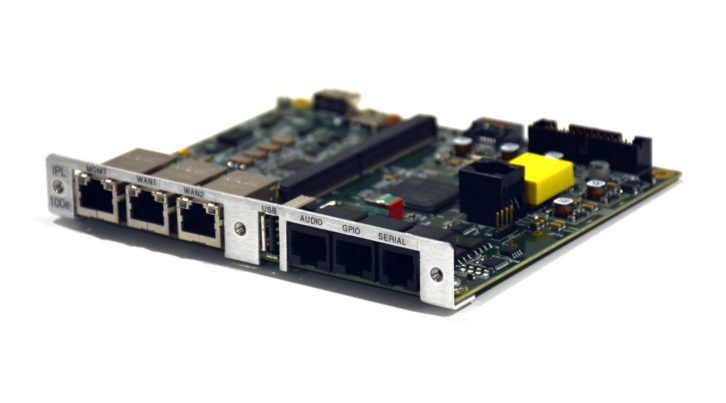A recent Radio World ebook explored trends in transmitters and how to shop for one. This is an excerpt. Ted Lantz is vice president, product line management at GatesAir.

Radio World: What are the most important recent developments in how transmitters are designed and manufactured?
Ted Lantz: Total Cost of Ownership or TCO is a key consideration, whether digital or analog, that a broadcast station needs to determine.
That includes overall efficiency of the transmission system along with whether a liquid or air-cooled solution is the best. Each has its advantages.
Redundancy, serviceability, security and integrated upgrade options such as Audio over IP represent other important considerations.
A high level of redundancy within the transmitter protects the broadcaster’s revenue, along with the ability to service the transmitter while staying on the air. In addition, protecting the broadcaster’s initial investment with upgradable features adds long-term value.

That includes having the ability to upgrade the transmitter from analog to digital or adding support for Audio over IP. GatesAir supports the latter with the new Intraplex IP Link 100e, a transport module that is easily added to our Flexiva radio transmitters.
Here is a checklist of items to consider: Overall TCO. Redundancy. On-air serviceability. Remote access. Security. And integrated options, such as audio processing, AoIP and dynamic RDS
[Check Out More of Radio World’s Tech Tips]
RW: We hear a great deal about the virtualization of the broadcast air chain. What are the implications of this evolution on how transmitters are designed and how users will choose and configure them?
Lantz: The transmitter will require support through an IP interface if the broadcast air chain is virtualized. More importantly, broadcasters will need to enhance reliability through the encapsulation of the IP data.
GatesAir addresses this through products such as Intraplex Ascent, which is a scalable cloud platform that facilitates reliable and secure transport. Integration of the IP Link 100e means that the transmitter now closes the loop by facilitating reliable and secure transport from the studio to the transmitter.
RW: What do buyers need to know about hybrid radio, if anything, when choosing a transmitter?
Lantz: The ability for the transmitter to support upgrade paths with software or hardware for these advancements. Most of the hybrid radio platforms would be verifying that the transmitter has the IP ports to support this architecture.

RW: Have supply chain issues affected you as a manufacturer? What’s the impact and what are you doing about it?
Lantz: Supply chain disruptions have affected all industries. Semiconductor shortages have had the biggest impact. We have increased inventory for critical components in some cases and have instituted product redesigns in others. We use the latter strategy when vendors have end-of-life or lead times for components that exceed 52 weeks. In these cases, we procure components that will have less impact.
RW: How would you describe your company’s “design philosophy”?
Lantz: It is to provide the lowest total cost of ownership while providing the highest level of on-air reliability. As technology advances, we try to provide a path for future upgrade paths.
The better the efficiency of the transmitter, the lower the operate expense for the station. That adds money to the broadcaster’s bottom line.








